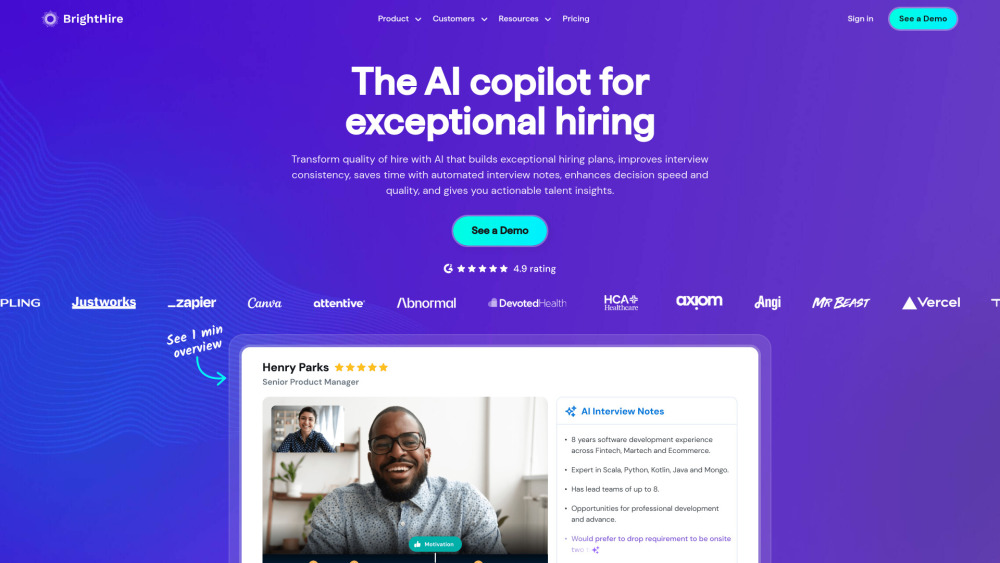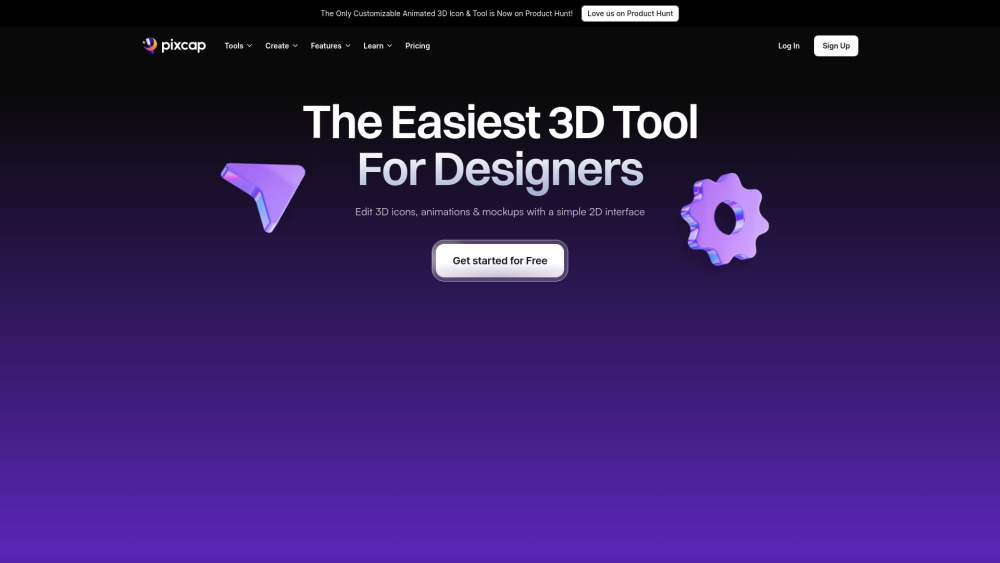In the ongoing AI competition, marked by tech giants racing to create increasingly large language models (LLMs), a significant trend is emerging: small is the new big. As advancements in LLMs show signs of plateauing, researchers and developers are shifting their focus to small language models (SLMs). These compact, efficient, and adaptable models are redefining the AI landscape, challenging the notion that bigger is always better.
Are LLMs Starting to Plateau?
Recent performance comparisons by Vellum and HuggingFace reveal that the gap between LLMs is narrowing. This is particularly evident in tasks like multiple-choice questions, reasoning, and math problems, where top models show minimal performance differences. For example, in multiple-choice scenarios, Claude 3 Opus, GPT-4, and Gemini Ultra all achieve scores above 83%. In reasoning tasks, the results are similarly competitive, with Claude 3 Opus, GPT-4, and Gemini 1.5 Pro exceeding 92% accuracy.
Interestingly, smaller models like Mixtral 8x7B and Llama 2 – 70B are delivering promising results in specific areas, outperforming some larger counterparts. This suggests that factors such as architecture, training data, and fine-tuning techniques may play crucial roles in performance, challenging the belief that size is the primary determinant.
Gary Marcus, former head of Uber AI and author of “Rebooting AI,” notes that recent research points to a convergence in model performance. “While some new models may outperform GPT-4 slightly, there hasn't been a significant advancement in over a year,” says Marcus.
As the performance gap continues to close, it raises questions about whether LLMs are indeed plateauing. Should this trend persist, future AI development may shift from simply increasing model size to exploring more efficient, specialized architectures.
Drawbacks of the LLM Approach
Despite their power, LLMs have significant drawbacks. Training these models requires vast datasets and immense computational resources, making the process highly resource-intensive. For instance, OpenAI CEO Sam Altman revealed that training GPT-4 cost at least $100 million. The complexity surrounding LLMs poses a steep learning curve for developers, creating barriers to accessibility. Companies may take 90 days or longer to deploy a single machine learning model, slowing innovation.
Another issue is LLMs' tendency to generate "hallucinations," producing outputs that seem plausible but are false. This limitation arises because LLMs predict words based on training patterns, lacking true comprehension. Hence, incorrect or nonsensical outputs can confidently emerge, posing risks in high-stakes applications like healthcare and autonomous driving.
The large-scale and opaque nature of LLMs complicates interpretation and debugging, which are crucial for ensuring trust in the outputs. Moreover, biased training data can lead to harmful results, while attempts to make LLMs more reliable can inadvertently diminish their effectiveness.
Enter Small Language Models (SLMs)
SLMs present a solution to many challenges posed by LLMs. Featuring fewer parameters and simpler designs, SLMs require less data and training time—often just minutes or a few hours, compared to LLMs that take days. This efficiency allows for easier implementation on smaller devices.
One of the major advantages of SLMs is their adaptability for specific applications. They can be fine-tuned for domains such as sentiment analysis or domain-specific question answering, resulting in superior performance compared to general-purpose models. This specialization improves efficiency in targeted tasks.
Furthermore, SLMs offer enhanced privacy and security. Their simpler architecture makes them easier to audit and less likely to contain vulnerabilities, which is critical in sectors like healthcare and finance. Reduced computational needs mean SLMs can run locally on devices, improving data security and minimizing exposure risks during data transfer.
SLMs are less prone to hallucinations as they are typically trained on narrower datasets relevant to their applications. This focus reduces the likelihood of generating irrelevant outputs, resulting in more reliable performance.
Clem Delangue, CEO of HuggingFace, suggests that up to 99% of use cases could be effectively addressed with SLMs, predicting that 2024 will see a surge in their adoption. HuggingFace has partnered with Google, integrating its platform into Google’s Vertex AI, enabling rapid deployment of thousands of models.
Google's Gemma Initiative
After initially losing ground to OpenAI in the LLM race, Google is now pursuing SLM development aggressively. In February, Google launched Gemma, a series of small language models designed for efficiency and user-friendliness. These models can operate on standard devices like smartphones and laptops without requiring extensive resources.
Since its release, the trained Gemma models have been downloaded over 400,000 times on HuggingFace, sparking innovative projects. One notable development is Cerule, a powerful image and language model combining Gemma 2B with Google’s SigLIP, capable of performing well without extensive data. Another example is CodeGemma, a specialized version targeting coding and mathematical reasoning, providing tailored models for various coding-related activities.
The Transformative Potential of SLMs
As the AI community delves deeper into the benefits of SLMs, the advantages of faster development cycles, enhanced efficiency, and targeted solutions become clearer. SLMs stand to democratize AI access and foster innovation across industries by enabling cost-effective and specific applications.
Deploying SLMs at the edge opens possibilities for real-time, personalized, and secure applications in sectors including finance, entertainment, automotive, education, e-commerce, and healthcare. By processing data locally and minimizing reliance on cloud infrastructure, SLMs enhance data privacy and user experiences.
As LLMs confront challenges related to computational demands and potential performance plateaus, the rise of SLMs promises to drive the AI ecosystem forward at an impressive pace.




